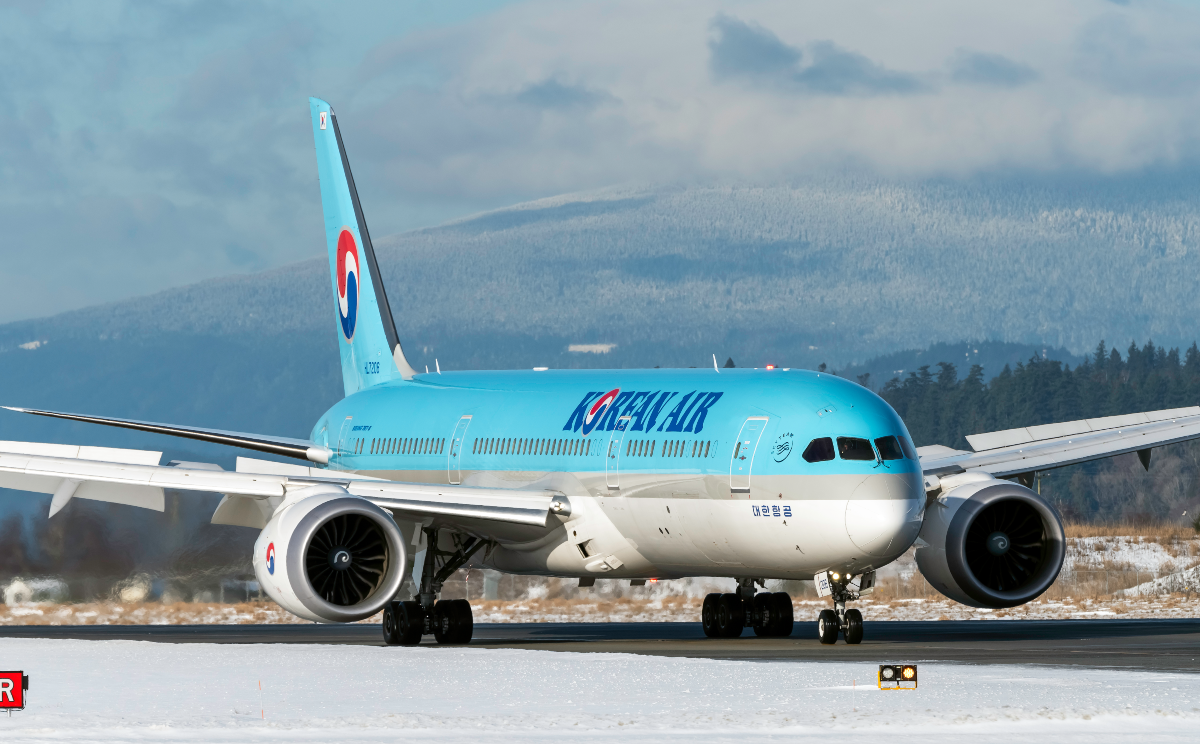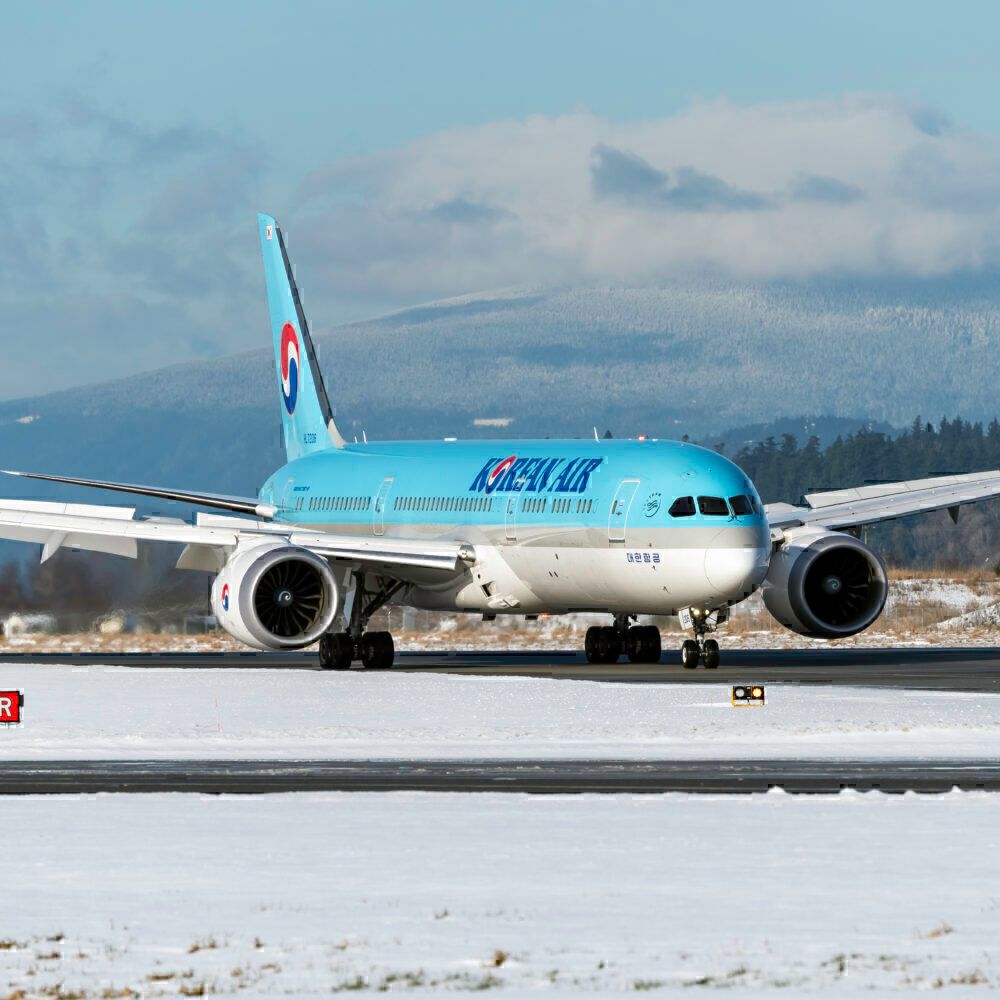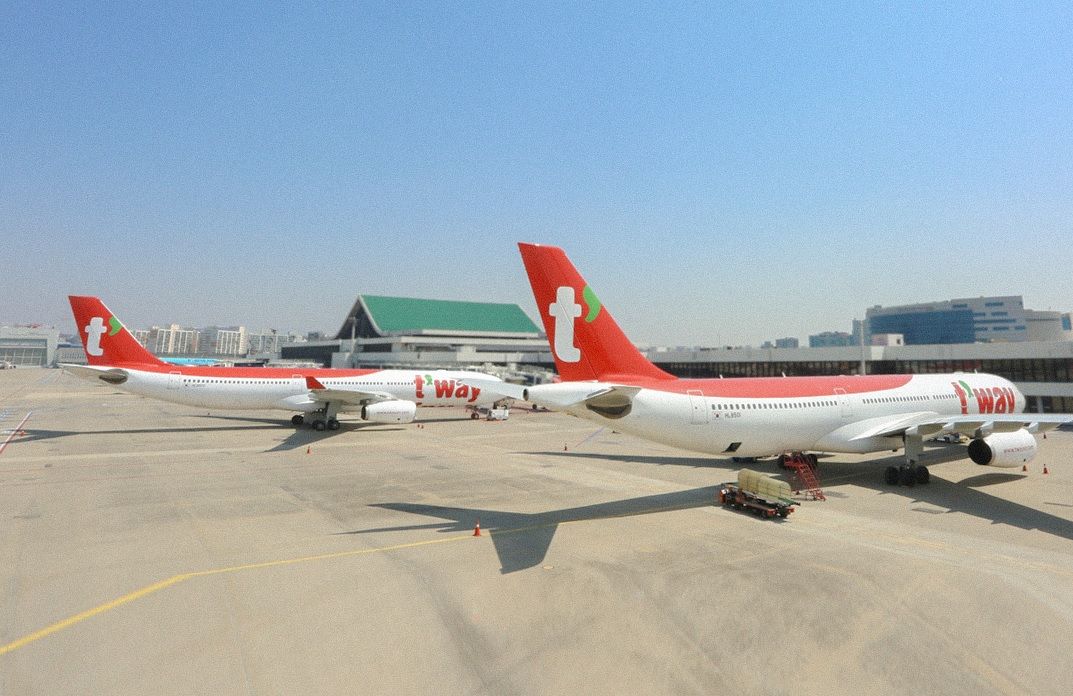After many months of campaigning from airlines for the government to lift pandemic restrictions for air travel, South Korea has eased up on the rules requiring COVID-19 testing and quarantine for arriving passengers. Following this long-awaited lift, Korean Air has announced that it will be adding more than 30 flights per week to Europe and the US, starting next month.
Flying in full force
The planned number of flights to popular destinations such as Amsterdam, Frankfurt, London, San Francisco, and Vancouver is expected to rise to 190 flights per week, a considerable increase from the current 159 flights weekly. This will be in addition to the flag carrier's plans of reinstating the Airbus A380 to New York's JFK Airport.
Besides the additional flights to Europe and the US, Korean Air is also evaluating the possibility of resuming more flight operations to Southeast Asian countries. Currently, the airline flies from Incheon to Bangkok, Hanoi, Ho Chi Minh City, Jarkata, Johor Bahru, Kuala Lumpur, Manila, Phnom Penh, and Singapore.
The airline will resume the Incheon-Cebu route, with twice-weekly flight operations scheduled from Thursday. Operating as KE631, the airline will utilize its Airbus A330-300 for this route. And as for the other Southeast Asia regional routes, there remains Brunei, Chiang Mai, Clark, Da Lat, Da Nang, Denpasar, Kalibo, Kota Kinabalu, Nha Trang, Vientiane, and Yangon.
It is not certain when Korean Air plans to resume flight operations to these destinations. Still, the airline is confident in the quick recovery of business-type passengers and will closely monitor and flexibly respond to the regional market.
Balancing the fleet
Although it is one thing to resume and ramp up flight schedules, it's another to ensure that there is enough operable fleet to meet the desired capacity. During the core of the pandemic, Korean Air flew on the bandwagon of using its passenger aircraft as cargo aircraft by having the seats removed.
This yielded a worthwhile result, as the Skyteam member airline managed to offset losses in passenger travel as cargo demand surged beyond imaginable limits. How unimaginable? The airline's cargo operations managed to pull in a hefty revenue of KRW 2.2 trillion ($1.7 billion) in the first quarter of this year.
Furthermore, Korean Air is predicting the recovery in global passenger demand to boost global air cargo capacity, despite the current war in Ukraine and major lockdowns in China. However, the airline would have to concisely manage both passenger and cargo capacities. It plans to gradually turn six of its 16 cargo aircraft back into passenger aircraft by reattaching the seats.
Across the country
Korean Air isn't the only Korean carrier to be readying itself for the summer travel season by reopening international routes and refurbishing cargo aircraft. Neighborhood rival Asiana Airlines also plans to resume its Incheon-Paris and Incheon-Rome routes next month, followed by the potential resumption of the Gimpo-Haneda route.
Low-cost carrier T'way has similar plans of reopening its route network further, with the eventual resumption of flight operations to Bangkok, Da Nang, and Ho Chih Minh. And if the airline wasn't already giving Korean Air a suitable run for its money, T'way is also launching new routes to competitive hotspots such as Guam, Japan, and Singapore.
Another low-cost carrier giving Korean Air some competition is Jeju Air, which is said to resume flight operations to Bangkok, and Singapore, while also increasing flight frequencies to Cebu, and Manila.
Bottom line
With the ramping up of flight frequencies to Europe and the US and eventual resumptions to Southeast Asia cities, Korean Air seems well set for a fuller recovery this year, despite the initial slow ease of restrictions in South Korea. However, the flagship carrier is also set to raise its fuel surcharge to another record high next month on international flights due to the soaring oil prices. Potentially, the move to increase charges could hurt the demand for international travel and hinder the recovery progress for Korean Air, especially since its rivals are reopening and launching similar routes.
Source: The Korea Herald



-Boeing-777-3B5(ER)-HL7783.jpg)
